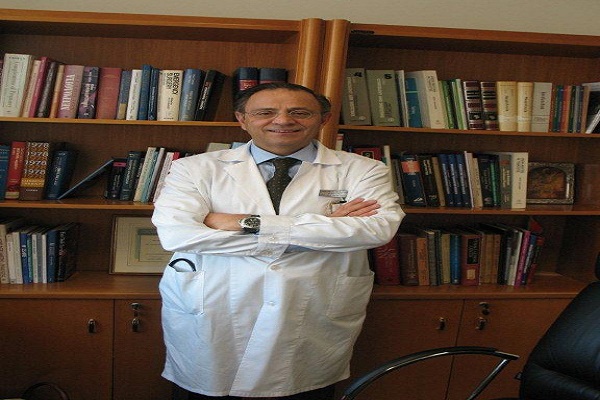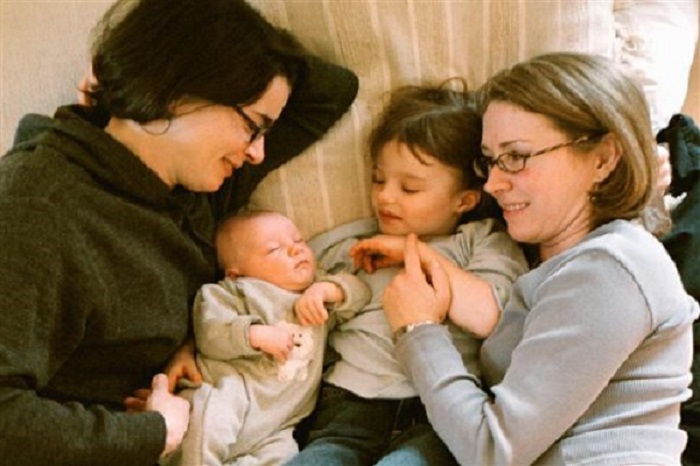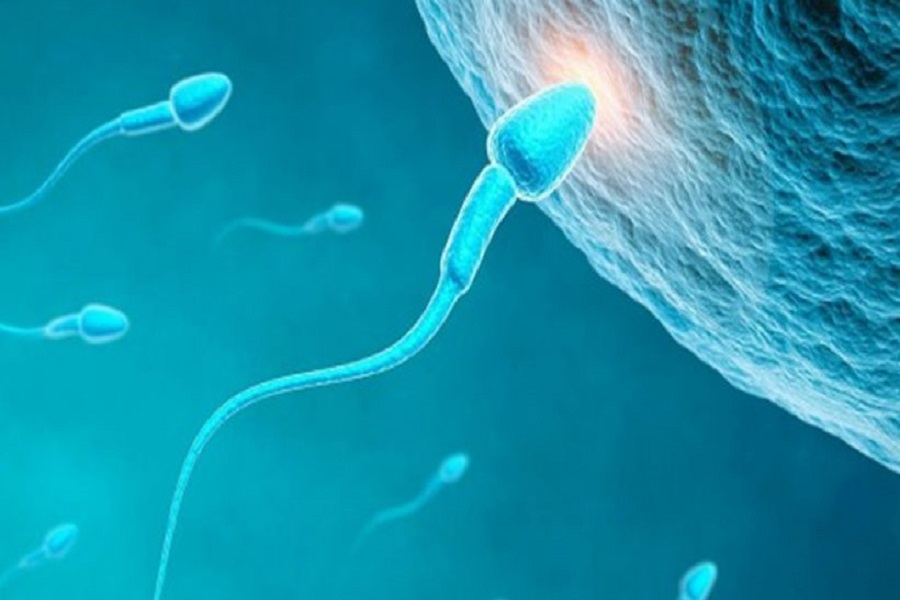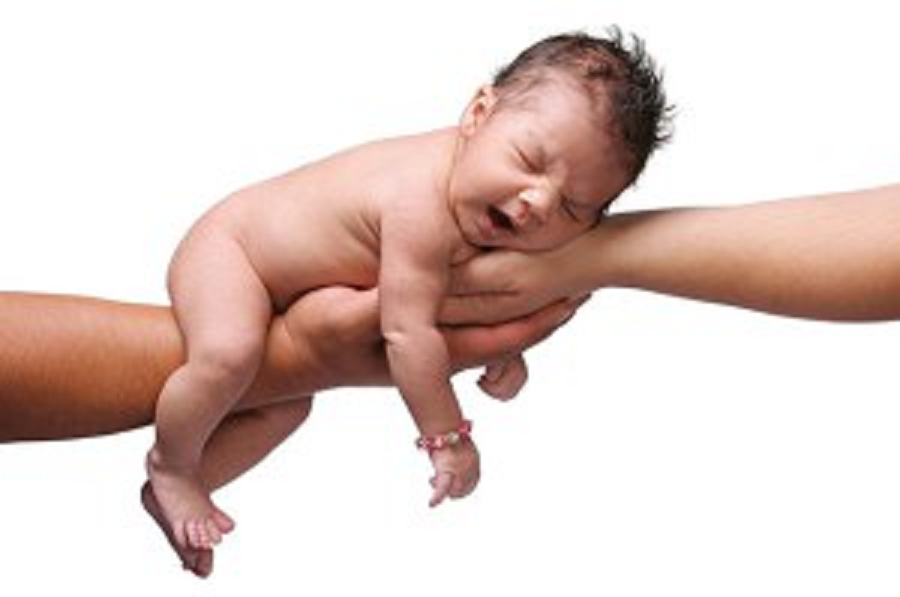News
UK: The door opens for “three-parent” babies
Published on: 09/02/2015
 On February 3rd, 2015, the United Kingdom House of Commons voted for the the bill which would allow the use of genetic material from three people to create embryos ("mitochondrial transplant"). Great Britain is thus expected to become the first country to adopt a relative legislation. The bill must be approved by the House of Lords, which however rarely opposes the House of Commons. More specifically, 382 MPs voted in favor and 128 against mitochondrial transplant, the aim of which is to prevent genetic diseases by replacing faulty mitochondrial DNA with mitochondrial DNA from a healthy person.
On February 3rd, 2015, the United Kingdom House of Commons voted for the the bill which would allow the use of genetic material from three people to create embryos ("mitochondrial transplant"). Great Britain is thus expected to become the first country to adopt a relative legislation. The bill must be approved by the House of Lords, which however rarely opposes the House of Commons. More specifically, 382 MPs voted in favor and 128 against mitochondrial transplant, the aim of which is to prevent genetic diseases by replacing faulty mitochondrial DNA with mitochondrial DNA from a healthy person.The Human Fertilisation and Embryology Authority have already issued the Regulations 2015, which will come into force on October 29th, 2015. They provide the framework under which mitochondrial donation and replacement can take place, in order to prevent the transmission of genetic diseases to the child to be born.
According to them, the procedure is permitted under certain conditions (ie if the future development of mitochondrial diseases to the child to be born is very likely) and only after a certain licence issued by the Human Fertilisation and Embryology Authority (Regulation 9), in order to be used only on eggs and embrya containing mitochondria donated by a third person (Regulations 3 and 6 respectively). The procedure laid down in the Regulations 4 and 8 respectively (removal of nuclear DNA from the egg or the embyro whose mitochondria carry the genetic disease and the introduction of nuclear DNA in a third enucleated healthy egg or embryo) must be followed beforehand. Furthermore, in accordance with Regulations 3 (c) and 6 (c), any further amendment to the final egg or embryo respectively is prohibited. All parties involved must be previously informed by the Human Fertilisation and Embryology Authority for the possibility of existing mitochondria carrying genetic diseases of a different kind to the eggs or the embryos to be used (Regulation 5). Furthermore, the Human Fertilisation and Embryology Authority Act 1990 is amended as appropriate, so that children born through this method can have access to limited information that will not result in the identification of mitochondria donors and vice versa (Regulations 13-16). It explicitly indicates that there is no relationship of any kind between the mitochondria donors and the children born through them (Regulations 11-12) and that the final egg or embryo will not be treated as originating from the donors of the enucleated egg or embryos. (Regulation 17). Therefore, there can be no access to the relevant information prior to marriage or civil partnership or to the search for other children with the same mitochondria. The consent of the donors may be revoked until the moment when the entire nuclear DNA is inserted to the enucleated egg or embryo. Regulation 18 excludes the maternity or paternity claim of a child born by their mitochondria donors through a parental order application. Finally, Regulation 19 amends the 2004 Regulations on Disclosure of Information Donors, so that they do not apply in the case of mitochondria donors.
Ruth Deech, Attorney, Baroness and former President of the Human Fertilisation and Embryology Authority, tweeted: “3 cheers for opening door to treatment for mitochondrial disease. Scientific advances, compassion triumph over bias & fear".
Source: www.legislation.co.uk
- Published on: 28/06/2016
- Gov. John Bel Edwards has reversed course from his predecessor and agreed to create regulations governing surrogacy births in Louisiana. Read more
- Published on: 18/05/2016
- Experts point out that serious questions are raised regarding the birth of a child by an elderly woman Read more
- Published on: 18/05/2016
- A controversial geneticist, Severino Antinori, who became known for helping women over 60 years old to become pregnant, was arrested for stealing eggs from a patient. Read more






